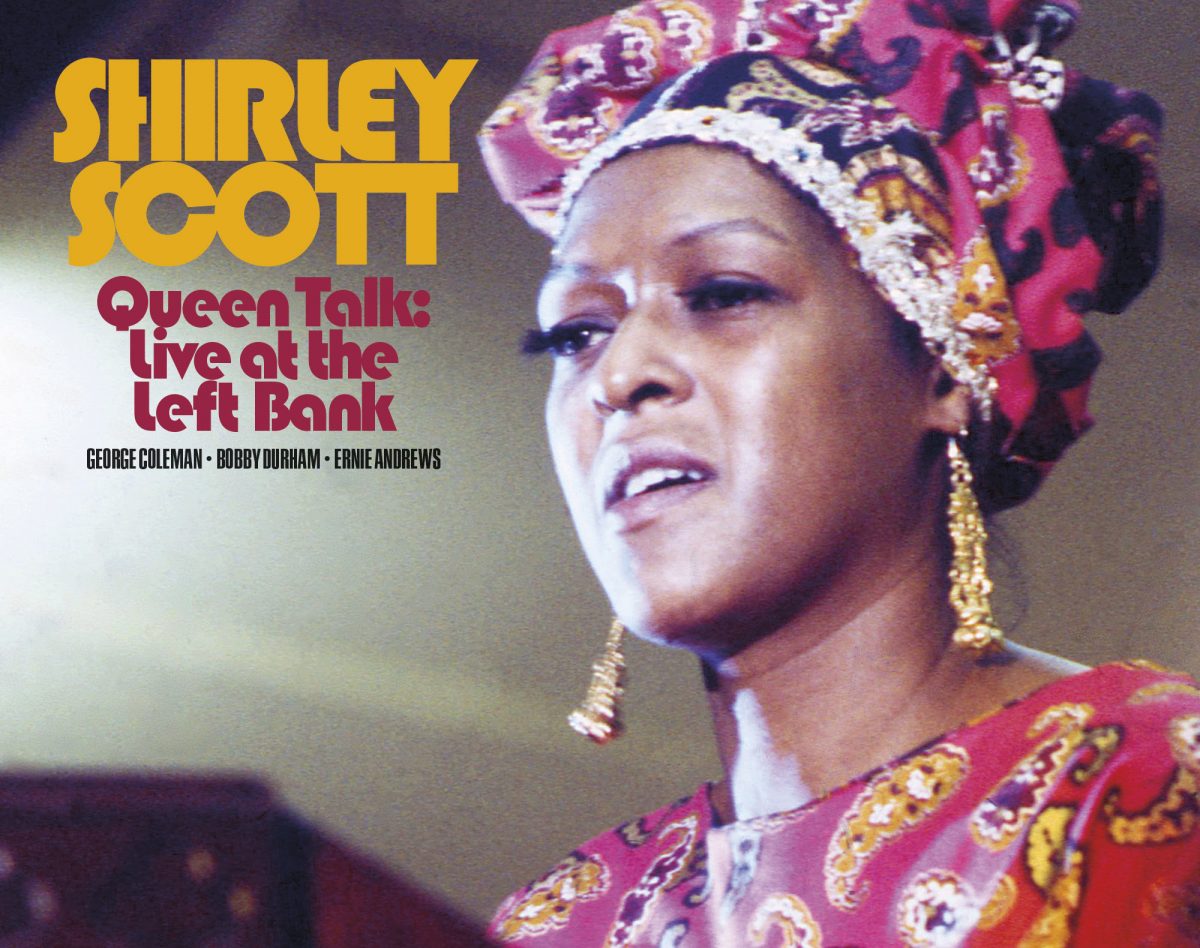Befitting a veritable capital of Vinylandia, Memphis is all over Record Store Day (RSD), and not just because Memphis Record Pressing produces such a large percentage of the nation’s LPs these days. The city also boasts a large roster of bands currently releasing product on vinyl, from the Turnstyles‘ new album to Ibex Clone. But look no further than the RSD homepage to see more: their partnership with Sun Records has now led to a 10th anniversary edition of the Sun Records Curated by Record Store Day releases; and two clicks below that one sees a celebration of the debut full-length album from boygenius, which includes Memphis’ own Julien Baker.
Yet there’s another side to Record Store Day, having arisen gradually over the years, in which it’s a chance for previously shelved recordings to see the light of day in special editions. And that’s the real gem of this year’s RSD, scheduled for this Saturday, April 22, in the form of a new release on Jazz Detective, the label of Downbeat Producer Of The Year Zev Feldman, and Reel to Real Records, the partnership between Feldman and Vancouver-based impresario and musician Cory Weeds. Included in the labels’ new trio of previously unissued LP releases of archival performances (by groups led by Walter Bishop, Jr. and Sonny Stitt) is an organ lover’s dream album: Shirley Scott’s Queen Talk: Live at the Left Bank (Reel to Real).
Taking its name from Scott’s moniker, “the Queen of the Hammond B-3,” this gig showcases the organist’s soulful side in a trio setting featuring Memphis native George Coleman on tenor sax and Bobby Durham on drums. Captured at the Famous Ballroom in Baltimore, Maryland on Aug. 20, 1972, the band is a study in chemistry, especially when jazz vocalist Ernie Andrews sits in on three of the album’s ten numbers.
If Scott isn’t quite the household name that Jimmy Smith or Jimmy McGriff are, she’s no less of a player for it. The late jazz organ star Joey DeFrancesco once said of Scott: “Her legacy is her tremendous contribution to jazz organ that will live on forever. … She has some great records, but live is a whole other thing because the people are so free to go in whatever direction they like.”
And that’s exactly what this trio does, as Scott leads them through her grab bag of covers, many with a decidedly pop provenance. The title tune is of course a 1944 pop-tune-turned-standard, but she gets quite contemporary as well with “By the Time I Get to Phoenix,” “You Don’t Mess Around With Jim,” and, perhaps of most interest to Isaac Hayes (and Michael Jackson) fans, “Never Can Say Goodbye.”
And yet, such is the gravitas and groove of Scott, who pedals some very hip bass lines as her choppy chords and melodic flurries percolate on top, that these tunes — and even sentimental favorites like Charlie Chaplin’s “Smile” — come out swinging. It’s a testament to the organist’s sympatico with drummer Durham that the forward momentum never lapses.
And the pop nature of this workout is especially interesting in light of George Coleman’s career. With what may be considered his edgiest work with Miles Davis eight or nine years behind him, it’s interesting to see Coleman in league with Scott’s embrace of radio hits of the day. Ultimately, it’s a testament to not only his versatility, but his tone. With Coleman, the edge is always there in the voice emanating from his horn.
And if “edge” isn’t quite the right word for the undeniable warmth that’s also there, let’s just agree that he contains multitudes. With “Witchcraft,” Coleman even get’s to wail over a neo-bop uptempo workout, complete with humorous interpolations. Then Scott, with her thrilling, trilling, glossy sound, takes it up a notch, as her seeming telepathy with the drummer produces time-defying hits and accents whenever she scrambles over the keyboard.
As Coleman himself says (in the LP’s excellent liner notes) after recently hearing this album’s version of a John Coltrane tune: “I was amazed, especially, by ‘Impressions.’ I don’t think I really played it that well with Miles, but on this, with Shirley, the tempo was right. And Bobby Durham was real good on it. He kept everything really in focus and so did she.”
As it turns out, Record Store Day itself contains multitudes, across a spectrum that runs from gimmicky colored discs to true vinyl gems. For fans of jazz organ and/or George Coleman, this live set by three masters of their craft is a multifaceted example of the latter, a jewel in any collection.
